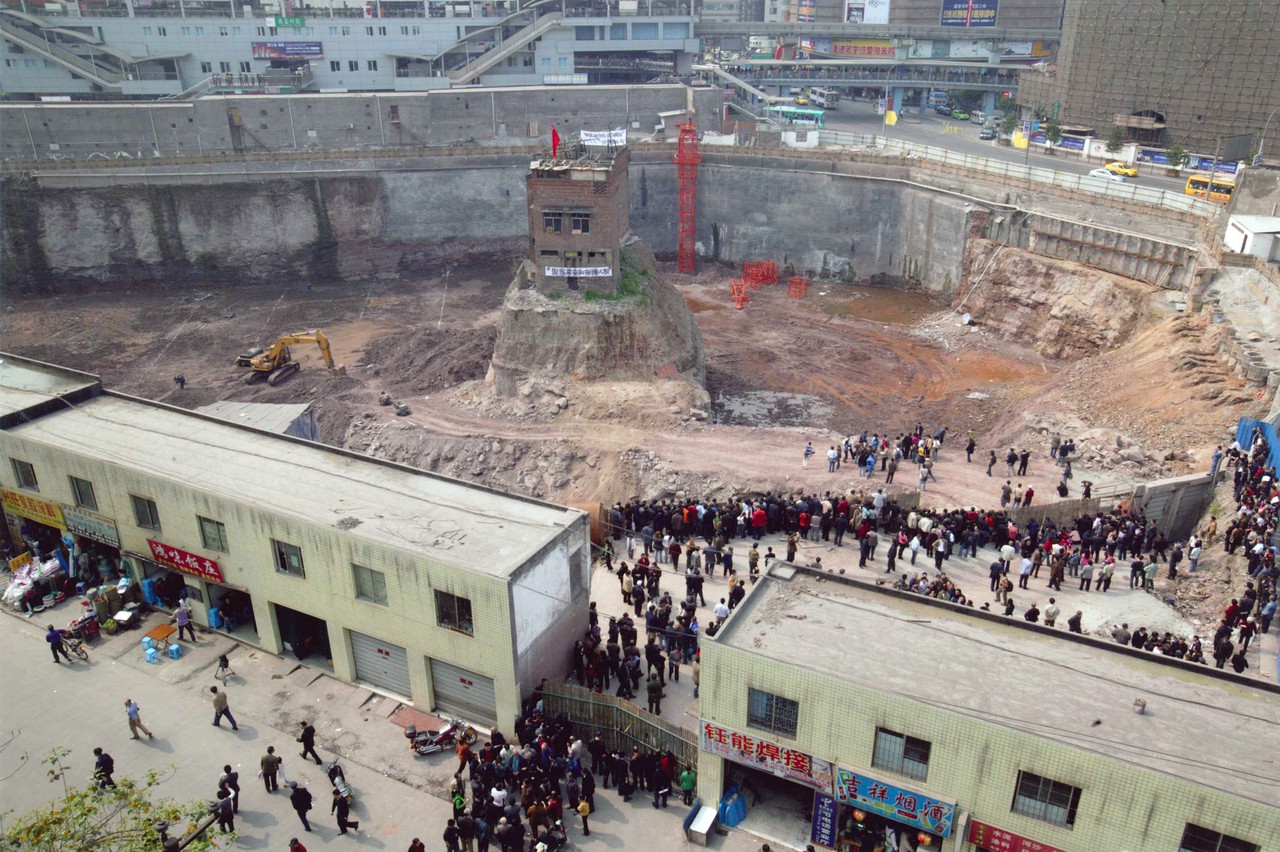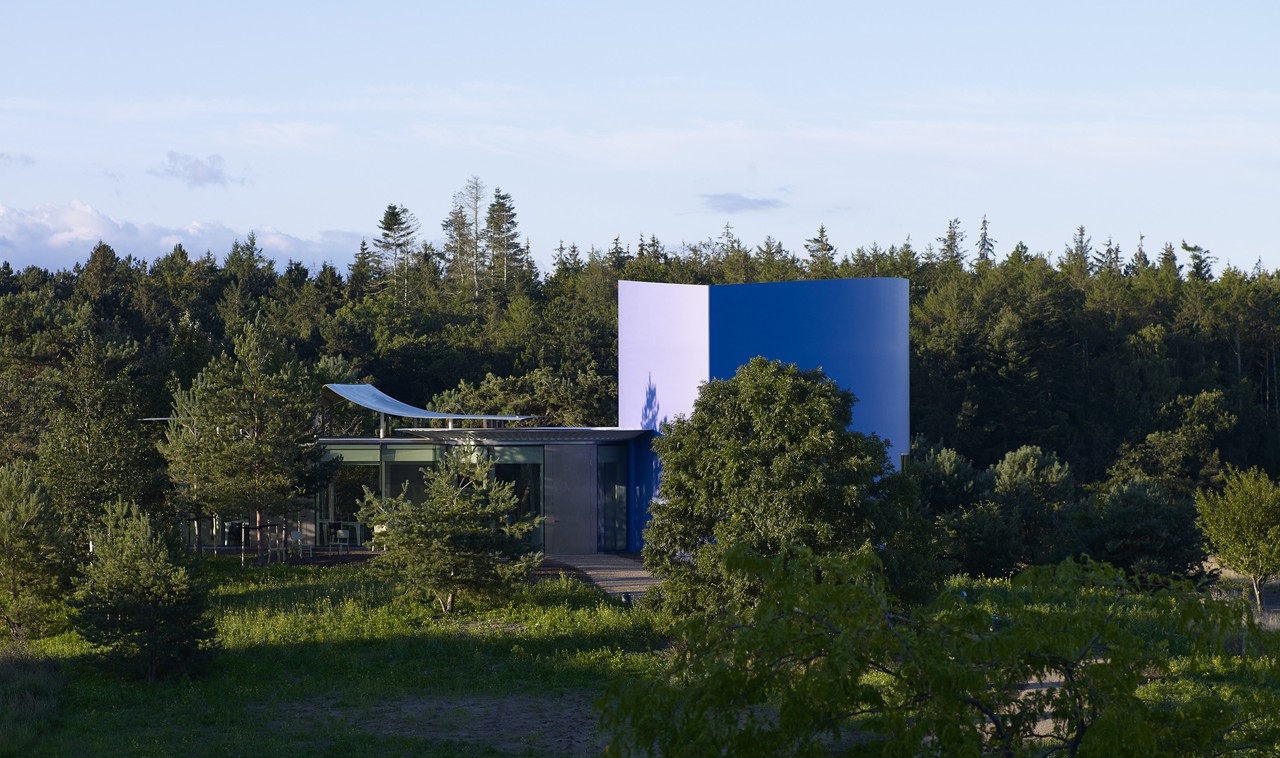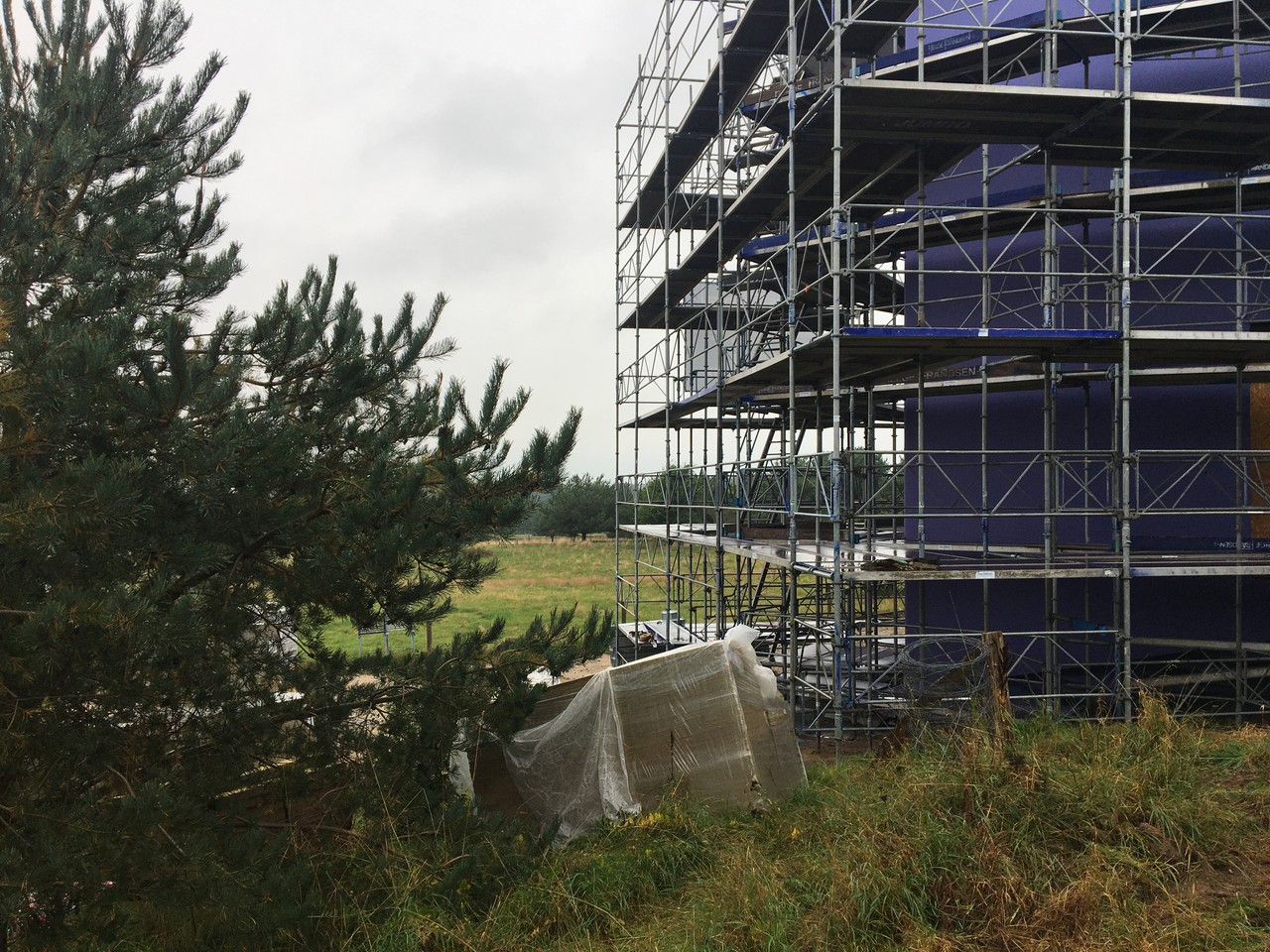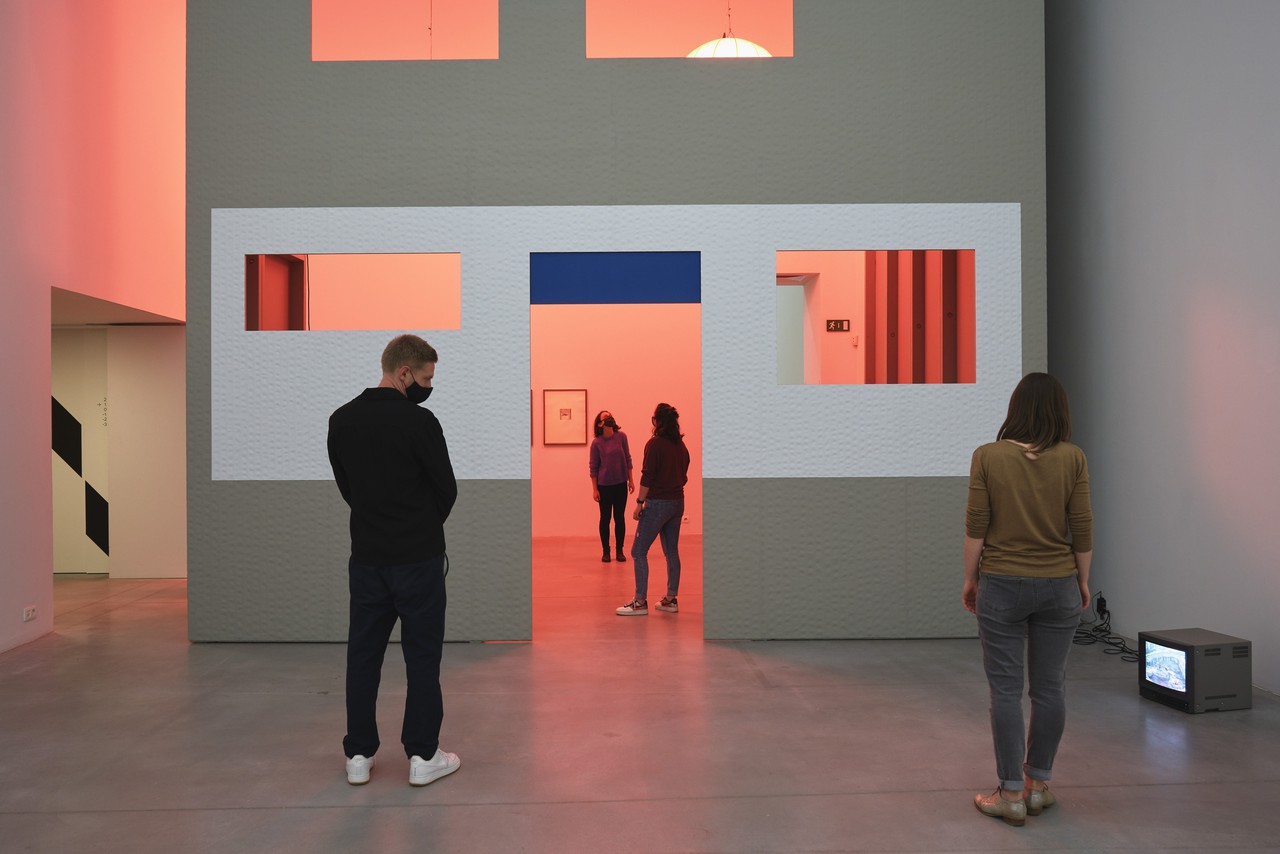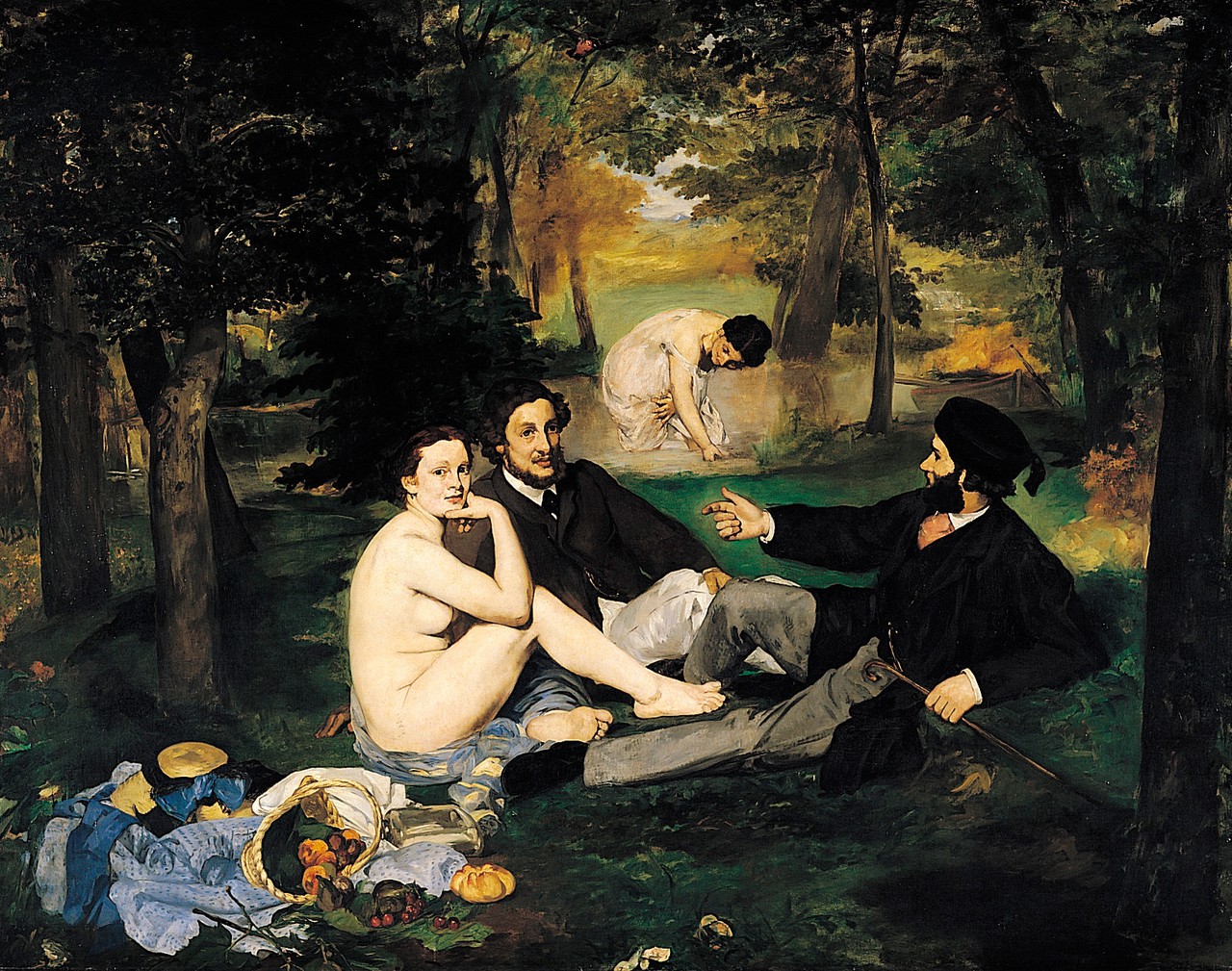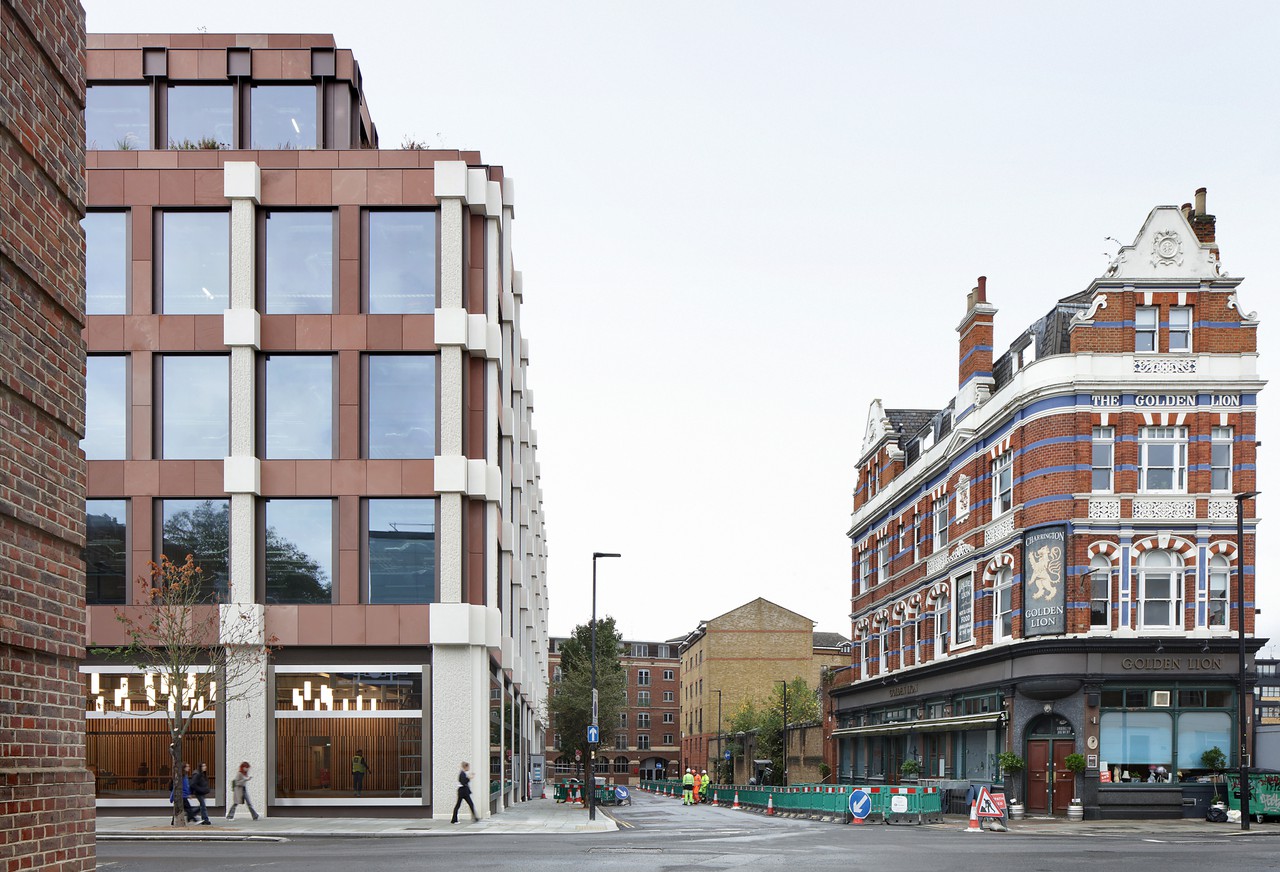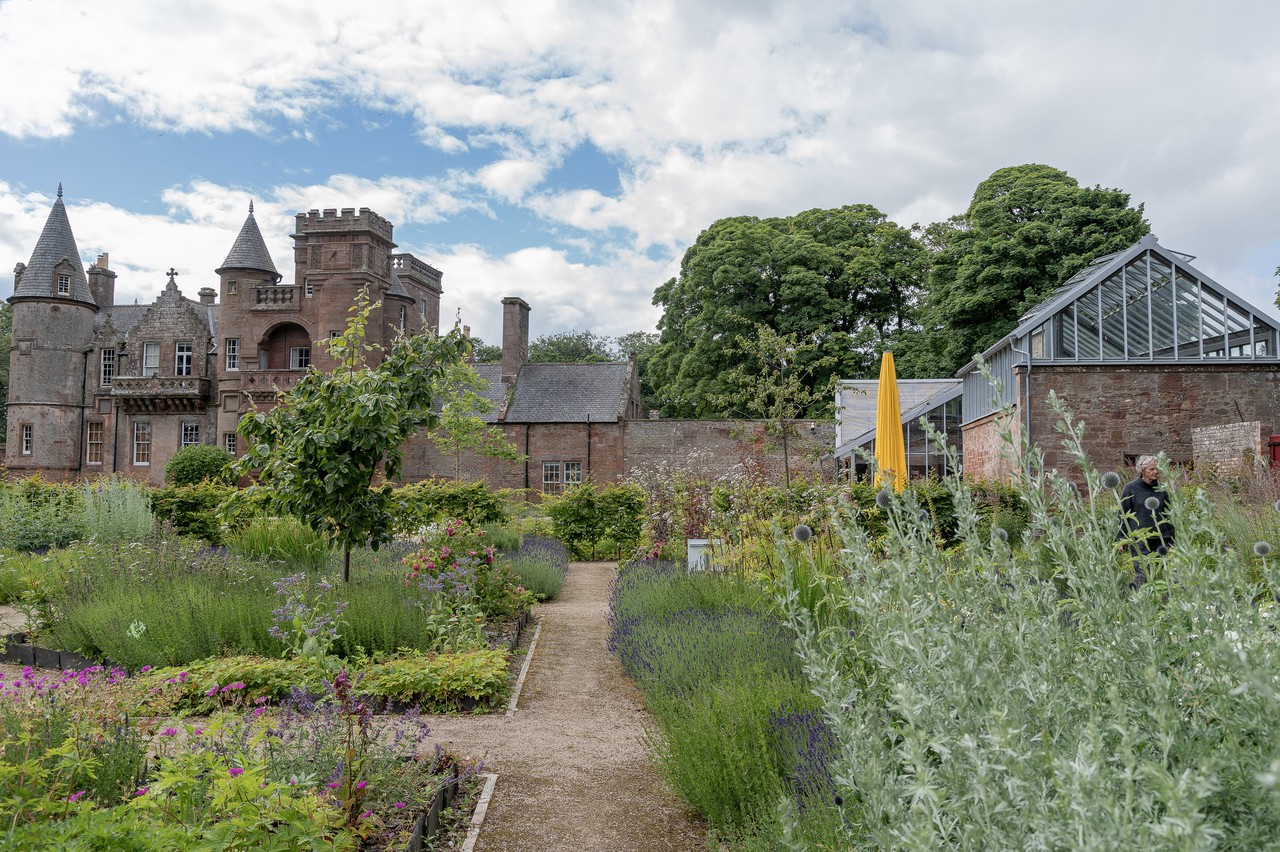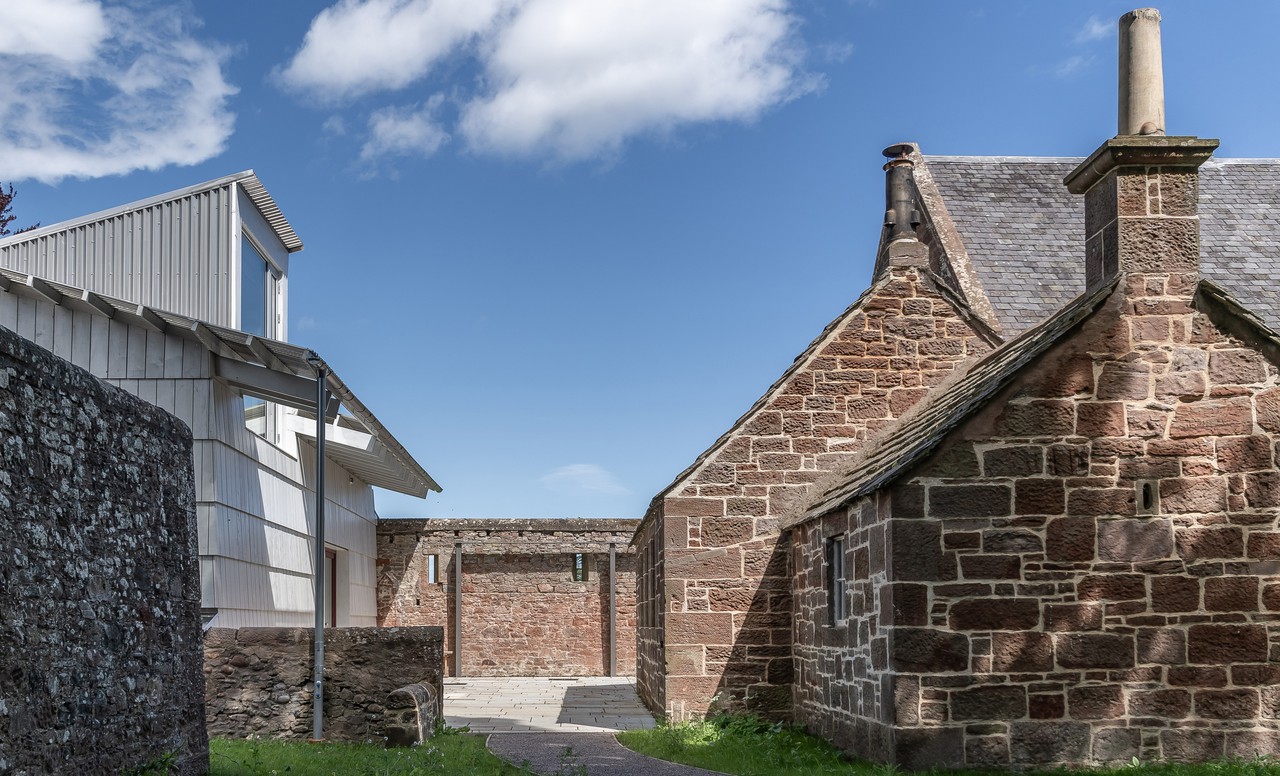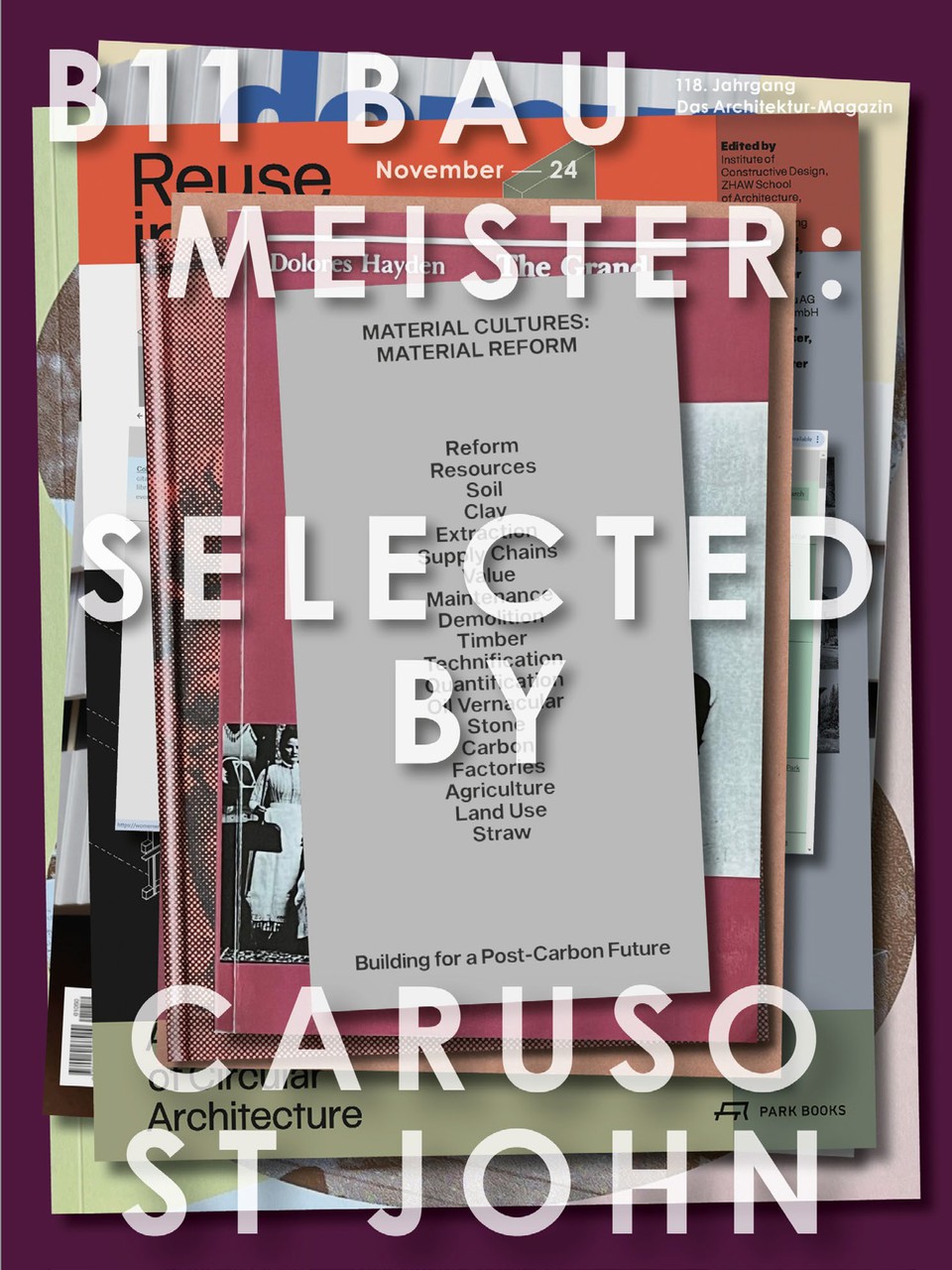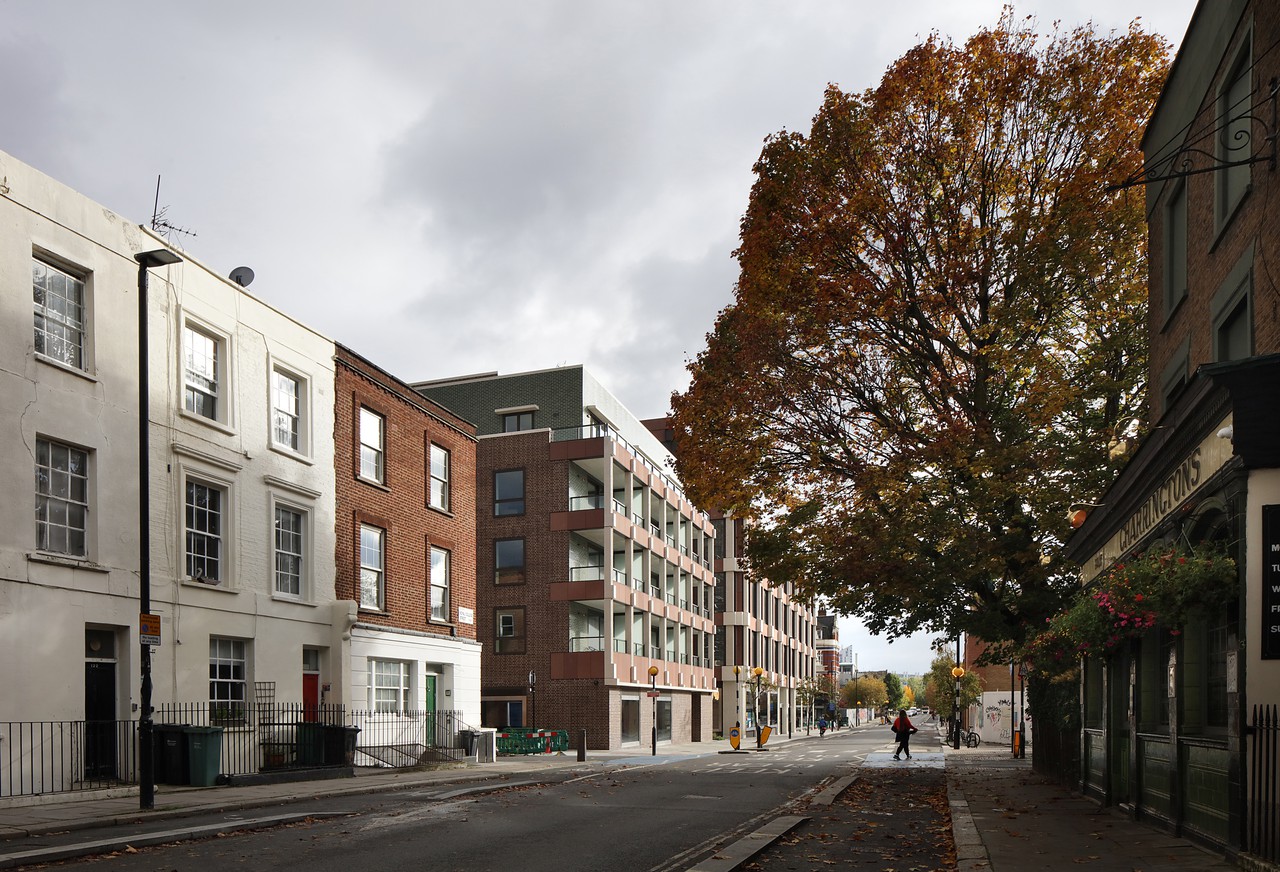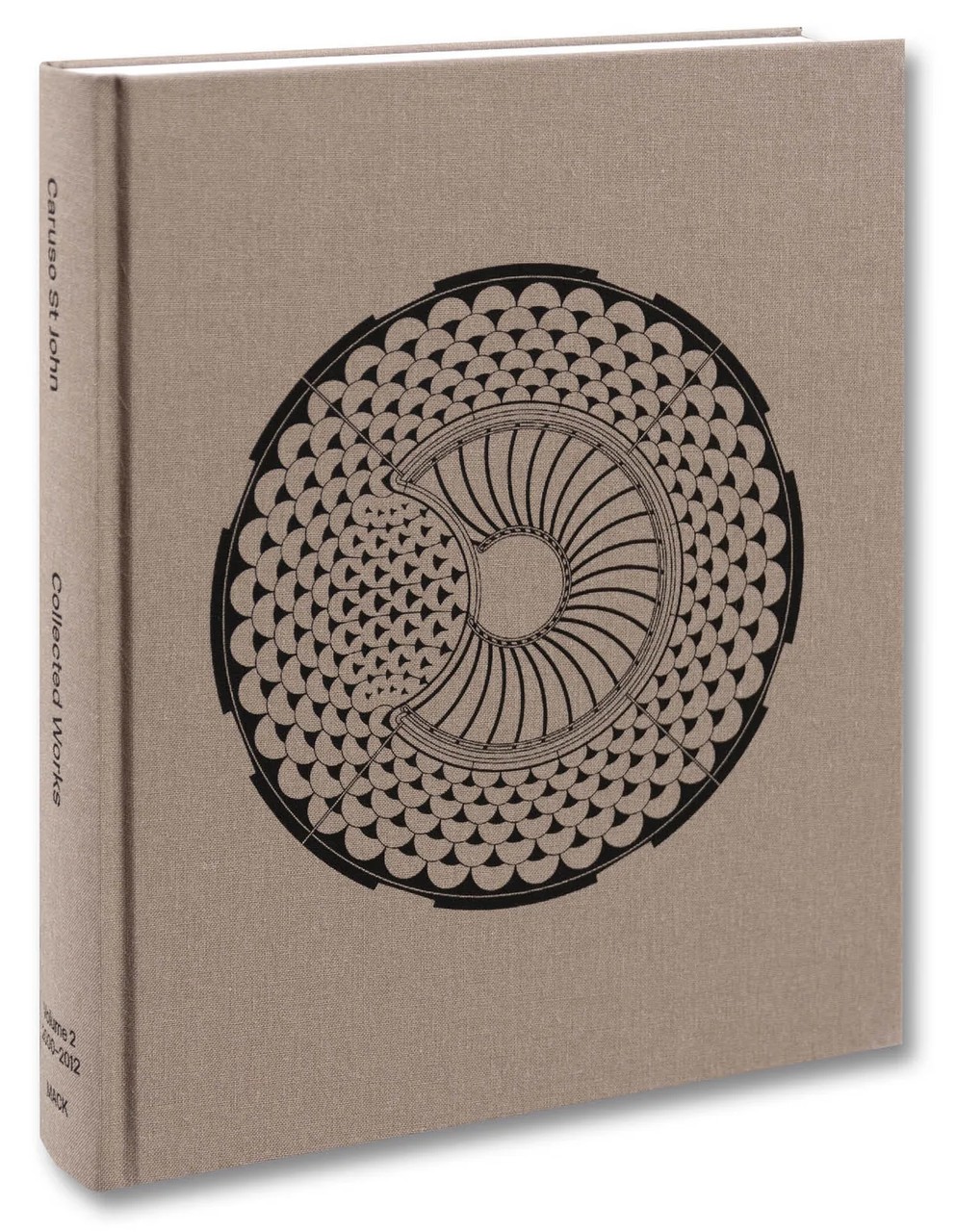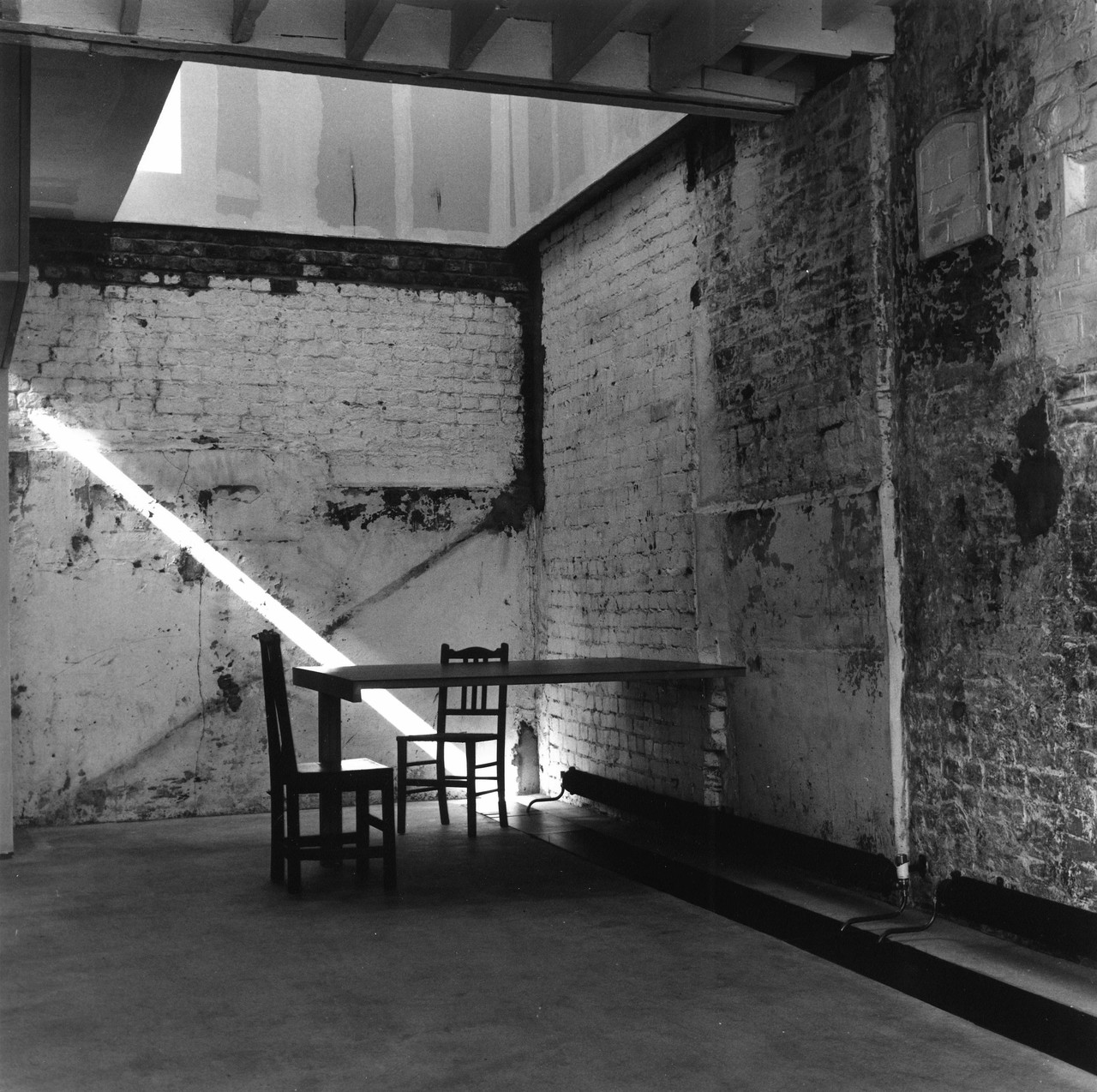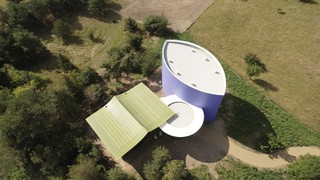
Published by Mack Books, The Triple Folly presents an account of the collaboration between Thomas Demand, Caruso St John, and textile manufacturers Kvadrat, which led to the construction of the new pavilion at Kvadrat's headquarters in Ebeltoft, Denmark.
The publication presents images of the completed buildings alongside a series of illustrated conversations between Adam Caruso, Thomas Demand, Frank Gehry, Denise Scott Brown, architect Emilie Appercé, Kvadrat CEO Anders Byriel, and curator Valerie Verhack,
A special three-volume edition includes facsimiles of two of Demand's sketchbooks, presenting the artist's development sketches, research and references for the project.
Related news
Matthew Blunderfield interviewed Thomas Demand in his Berlin Studio for Scaffold Podcast. Alongside discussing his practice in reference to trauma, fiction and chance, they explore his relationship with architecture. When talking about his collaborations with Caruso St John on Nagelhaus and The Triple Folly, Demand explains his position as both close to and separate from the role of architects.
The pavilion at Kvadrat Headquarters is complete. The building, set in the coastal dunes surrounding the textile company’s headquarters in Ebeltoft, on the east coast of Denmark, is a design collaboration with the artist Thomas Demand.
Construction work continues on the Kvadrat Pavilion in Ebeltoft. The hospitality and conference space is a collaboration with artist Thomas Demand, located in the coastal dunes surrounding Kvadrat's headquarters.
M Leuven presents a major retrospective of the work of the artist Thomas Demand, featuring two works made by the artist in collaboration with Caruso St John: The unrealised Nagelhaus and the soon to be built pavilion at the headquarters of fabric manufacturers Kvadrat in Ebeltoft, Denmark.
Following his January 5th lecture All Buildings are Beautiful at the Museum of Contemporary Art in Warsaw, Adam Caruso was in conversation with architect Aleksandra Czupkiewicz. A transcript of their discussion is published in the March edition of Architektura Murator.
St Pancras Campus is reviewed in the March edition of the RIBA Journal. Chris Foges speaks to Peter St John about the state of commercial development in London, discusses the building's contribution to its urban setting at the border of Kings Cross and Camden Town, and commends its rich detailing and high quality approach social housing.
Hospitalfield features in the third issue of Alder, a publication documenting Scotland's modern architecture, produced by the office of Mary Arnold-Forster.
Rowan Moore includes the new studio building at Hospitalfield features in his top five projects of 2024, calling it "a playful, expressive structure in which fun is had, in the tradition of Arts and Crafts architecture, with eaves, gutters, cladding and other basics of building".
Caruso St John are guest editors of Baumeister's annual curated issue. The issue is conceived as a reader, presenting a series of texts that have influenced the practice's recent thinking, including writing by Material Cultures, Grace Ndiritu, Barbara Buser, and David Holmgren.
St Pancras Campus is reviewed in the December issue of the Architects Journal. Rob Wilson visits the building with Peter St John and Rod Heyes and discusses its position in the emerging cityscape between the railway land of King Cross and the Victorian terraces of Camden Town.
This second volume in Caruso St John’s Collected Works is published this month by MACK. The publication traces an interlacing set of themes through the practice’s work over the first twelve years of the twenty-first century. Its unique approach to history is revealed as a rejection of the myth of relentless novelty in favour of an understanding of the past as present and an interest in working with the existing. The influences of Milan, Chicago, and Rome on understandings of the city are explored, as well as the use of ornament and the place of Switzerland in shaping the practice’s evolving trajectory. Throughout these contexts, collaborations with contemporary artists including Thomas Demand and Damien Hirst continue to shape the practice's relations to the materiality and drama of space.
Owen Hatherley takes an in-depth look at the first two volumes of Caruso St John's Collected Works for Sidecar, the blog of the New Left Review, charting the practice's origins in 1990s London and its 'principled refusal' of the tenets of the so-called starchitects that rose to prominence during that decade.
